History and Usage of Neo-Classical Lighting
Lighting has always been an integral part of interior design, not only for its functional purposes but also for its aesthetic appeal. Over the centuries, various styles and trends have emerged, each reflecting the cultural and artistic values of its time. One such style is Neo-Classical lighting, which draws inspiration from the classical art and architecture of ancient Greece and Rome. In this article, we will delve into the history and usage of Neo-Classical lighting, exploring its evolution, key characteristics, and how it has been incorporated into modern interior design.
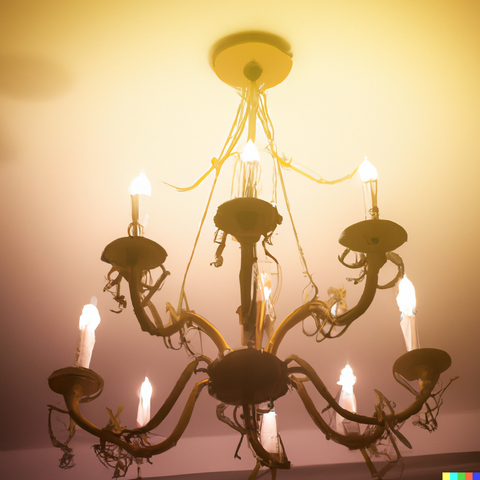
The Origins of Neo-Classical Lighting:
The roots of Neo-Classical lighting can be traced back to the Neoclassicism movement that emerged in the 18th century. Neoclassicism was a reaction against the excessive ornamentation and flamboyance of the Baroque and Rococo styles, and sought to revive the simplicity and elegance of classical art and architecture. This movement was greatly influenced by the archaeological discoveries in Pompeii and Herculaneum, which showcased the well-preserved remains of ancient Roman villas with their decorative frescoes and ornate lighting fixtures.

Key Characteristics of Neo-Classical Lighting:
Neo-Classical lighting is characterized by its clean lines, symmetrical designs, and use of classical motifs such as laurel wreaths, acanthus leaves, and classical figures. The materials used in Neo-Classical lighting include brass, bronze, and crystal, which lend a sense of luxury and opulence to the fixtures. The overall aesthetic is refined, timeless, and exudes a sense of calm and order.
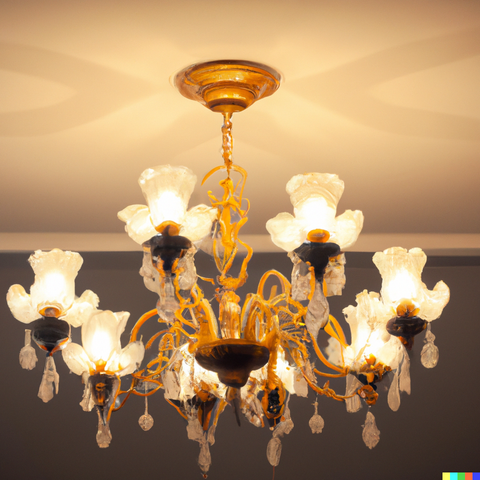
Evolution of Neo-Classical Lighting:
Initially, Neo-Classical lighting took the form of wall sconces and candleholders, replicating the torches and oil lamps used in ancient times. These fixtures were often made of bronze or brass and adorned with classical motifs. As gas lighting became popular in the 19th century, Neo-Classical chandeliers also emerged, featuring intricate designs and crystal embellishments.
With the advent of electricity, Neo-Classical lighting underwent further evolution. Electric lighting allowed for more elaborate designs and the incorporation of new materials such as glass and porcelain. Chandeliers became larger and grander, often hanging from high ceilings in palaces and mansions. The use of candelabra-style light bulbs added a touch of nostalgia and authenticity to these fixtures.
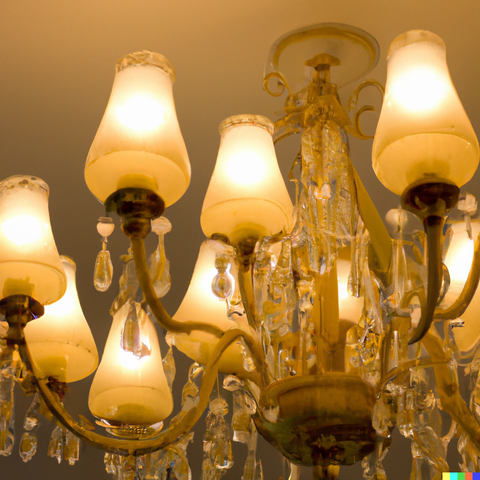
Influence on Interior Design:
Neo-Classical lighting has had a significant impact on interior design, helping to create spaces that are elegant, harmonious, and timeless. Its clean lines and classical motifs can be seen in the grand entrance halls of stately homes, the opulent ballrooms of luxurious hotels, and the elegant dining rooms of fine restaurants.
The versatility of Neo-Classical lighting is perhaps one of its greatest strengths. It can effortlessly complement various design styles, from traditional to contemporary. In a traditional setting, a Neo-Classical crystal chandelier can add a touch of grandeur and sophistication, while in a modern space, a minimalist wall sconce with classical motifs can serve as a focal point and evoke a sense of nostalgia.

Neo-Classical Lighting in Modern Design:
In contemporary interior design, designers often draw inspiration from various historical styles, blending elements to create a unique and eclectic look. Neo-Classical lighting is no exception, as it has found its place in modern interiors through reinterpretation and adaptation. Designers have incorporated classical motifs into sleek, minimalist fixtures, combining traditional craftsmanship with modern technology.
Neo-Classical lighting is also being used to create dramatic statements in contemporary interiors. Oversized chandeliers with crystal embellishments are hung in minimalist spaces, contrasting against the simplicity of the surroundings and creating a captivating focal point. The juxtaposition of old and new, traditional and modern, adds depth and character to the design.
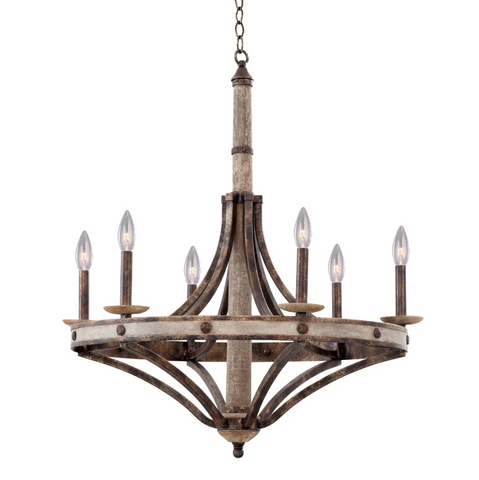
Neo-Classical lighting holds a significant place in the history of interior design, with its timeless elegance and classical motifs. From its origins in the 18th century to its influence on contemporary design, Neo-Classical lighting has continued to evolve and adapt, remaining a popular choice for those seeking to create spaces that exude luxury, sophistication, and a sense of the classical past. Whether it's a classic crystal chandelier or a modern minimalist wall sconce with classical motifs, Neo-Classical lighting continues to inspire and captivate.
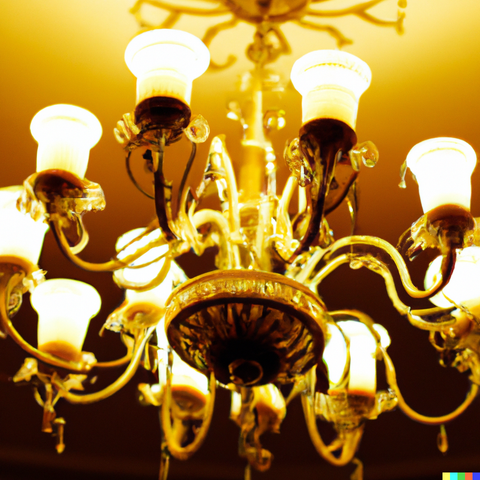






















Leave a comment